For many years now, An Giang has been promoting livelihood transformation based on the advantages of mountainous terrain and large mixed gardens combined with livestock farming to increase people's income. In particular, the model of raising American-Thai hybrid chickens is attracting the attention of farmers because of its good adaptability, delicious meat quality and stable selling price. From the pioneering households, this chicken breed has gradually proven its potential to become a new specialty product of the Bay Nui region - An Giang.

Mr. Chau Dinh takes care of a flock of American-Thai hybrid chickens in a bamboo garden, applying natural raising methods to help the chickens grow healthily. Photo: Le Hoang Vu.
American-Thai hybrid chickens are created from super-meat American roosters and strong-resistant Thai hens. This combination creates a flock of chickens with beautiful appearance, high meat ratio, few diseases and suitable for the hot and humid climate typical of An Giang. Many breeders consider this breed of chicken easier to raise than domestic chickens, stronger than domestic chickens and better meat than industrial chickens, thanks to which the selling price remains stable at 130,000-150,000 VND/kg.
According to people in Tri Ton and O Lam communes, American-Thai hybrid chickens mature at 10-12 months and weigh 3-3.5 kg, with little loss and a survival rate of over 95%. Therefore, each batch brings in a good profit, especially at times when market demand is high.
The strength of the model is that it does not require a large area. With only a few hundred square meters of mixed garden under the shade of fruit trees, the farmer can let the chickens roam freely to exercise, increase their resistance and limit respiratory diseases. The garden model helps reduce 40-50% of feed costs by taking advantage of rice, green vegetables, natural insects and household by-products.
Mr. Chau Dinh, a Khmer man in O Lam commune, An Giang province, was the first person to bring this hybrid chicken breed home to raise. He shared: “The crossbreeding between the American super rooster and the Thai hen. Because the American chicken breed is big and strong, has a large bone frame, and firm meat. Meanwhile, the Thai chicken has good resistance, suitable for the climate of the West. I want to combine these two advantages to create a chicken breed that is both healthy and has high commercial value.”
To realize the idea, he learned techniques online, connected with breeding farms in the West to find purebred American roosters, and selected Thai hens based on standards of appearance, disease resistance, and high hatching rate. At first, he only had a few, researched how to mate, and monitored each litter and each egg. Although he encountered many difficulties and failures in the early stages, he was not discouraged.

The 6-month-old American-Thai hybrid rooster has a muscular build and prominent white feathers. It was selected for breeding at Chau Dinh's chicken farm. Photo: Le Hoang Vu.
After just under a year, Mr. Dinh successfully bred 5 batches of hybrid chickens, each batch had 7-8 chicks with a high survival rate. From the initial few chickens, the flock gradually developed, forming a solid foundation for the model of crossbreeding specialties of the O Lam mountain region.
According to Mr. Dinh, chickens raised by the free-range method on the mountainside give firm, fragrant meat, favored by traders and specialty restaurants. Currently, Mr. Dinh's American-Thai hybrid chicken model has boldly invested in semi-natural cages, clearly dividing the living area, the hatching area and the free-range area to ensure hygiene and good management of the breeding stock.
The climate in the Seven Mountains region is often harsh during the dry season. However, this breed of chicken shows high adaptability, is less susceptible to intestinal and respiratory diseases and requires less veterinary medicine than industrial chicken breeds, thereby significantly reducing risks for farmers.
In addition, American-Thai hybrid chickens have good resistance, so they are resistant to common diseases. Just need to vaccinate on schedule and keep the barn clean, the chicken flock will grow evenly. This is an important advantage that helps many households confidently expand their scale.
One of the reasons why the model is considered promising is its relatively stable output. The market currently favors chicken breeds with beautiful appearance, good meat quality and clear origin. American-Thai hybrid chickens meet both needs: they can be sold as specialty chickens and can also be supplied to the ornamental chicken market.

Mr. Chau Dinh observes the hybrid chickens in a private area, monitoring their health and growth ability to select quality breeds. Photo: Le Hoang Vu.
Many traders in An Giang, Dong Thap, and Can Tho said that the current supply is not much, so the price of chicken is often high, less pressured than mass-produced chicken. This is an opportunity for mountainous farmers to develop their own unique model, not competing with large farming areas.
The An Giang Department of Agriculture believes that this model is suitable for the policy of diversifying livelihoods, exploiting the advantages of mixed gardens and developing highland specialty products. In the future, if they are trained more on techniques of selecting breeds, preventing diseases and hatching, farmers can completely form cooperatives or linked groups to increase scale and ensure output.
According to Mr. Phan Thanh Luong, Chairman of the People's Committee of O Lam Commune, An Giang Province, the locality can aim to build the brand "An Giang Mountainous Hybrid Chicken", associated with the OCOP program. This will not only increase the value of the product but also help stabilize the market in the long term.
The prospects of American-Thai hybrid chickens show great potential for developing household-scale livestock farming in O Lam. With good breed management, proactive disease prevention and biosafety farming, the model can bring stable and sustainable income to local people.
Source: https://nongnghiepmoitruong.vn/giong-ga-lai-my--thai-mo-huong-di-moi-cho-vung-bay-nui-d784292.html



![[Photo] Unique art of painting Tuong masks](https://vphoto.vietnam.vn/thumb/1200x675/vietnam/resource/IMAGE/2025/11/14/1763094089301_ndo_br_1-jpg.webp)

![[Photo] Unique architecture of the deepest metro station in France](https://vphoto.vietnam.vn/thumb/1200x675/vietnam/resource/IMAGE/2025/11/14/1763107592365_ga-sau-nhat-nuoc-phap-duy-1-6403-jpg.webp)


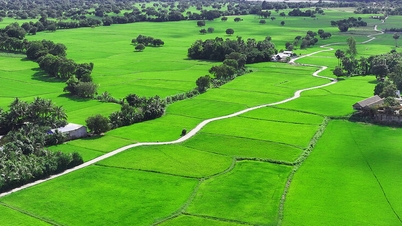

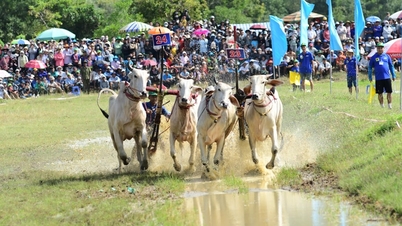

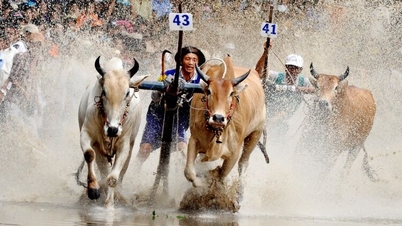




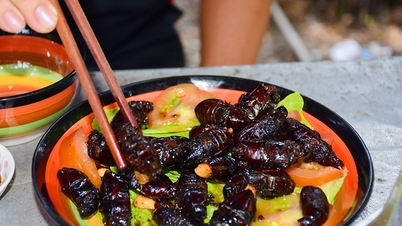



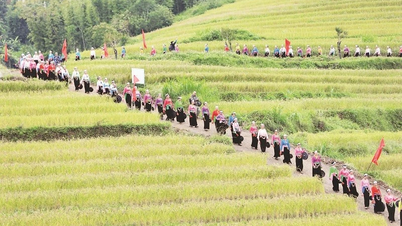
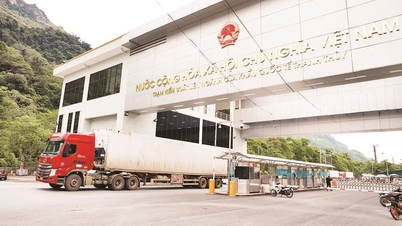
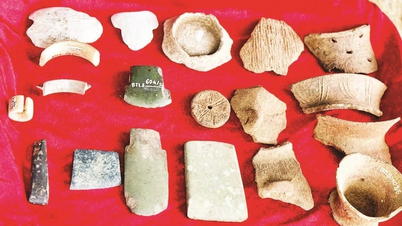
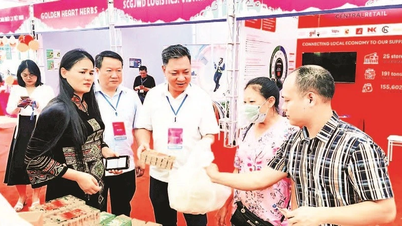




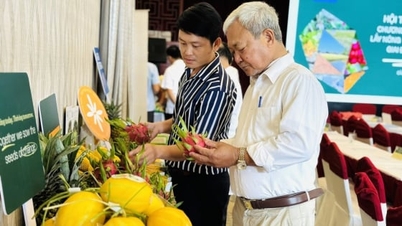
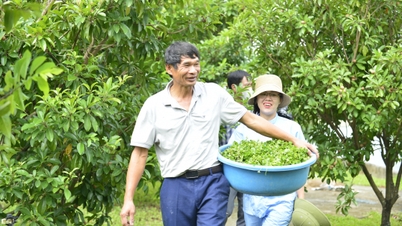
![Mastering knowledge to reduce poverty: [Part 1] People living along Dau Tieng Lake change their lives](https://vphoto.vietnam.vn/thumb/402x226/vietnam/resource/IMAGE/2025/11/13/1763022074414_3026-1-4-062713_608.jpeg)


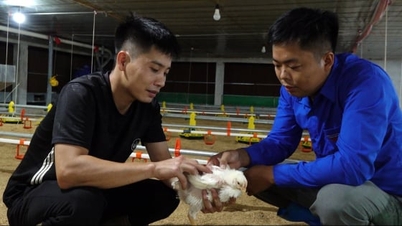

![[Photo] Special class in Tra Linh](https://vphoto.vietnam.vn/thumb/1200x675/vietnam/resource/IMAGE/2025/11/14/1763078485441_ndo_br_lop-hoc-7-jpg.webp)











































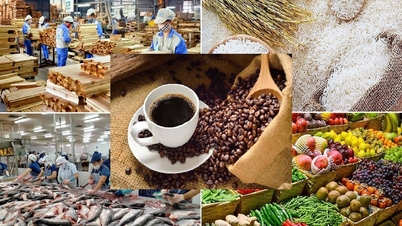
























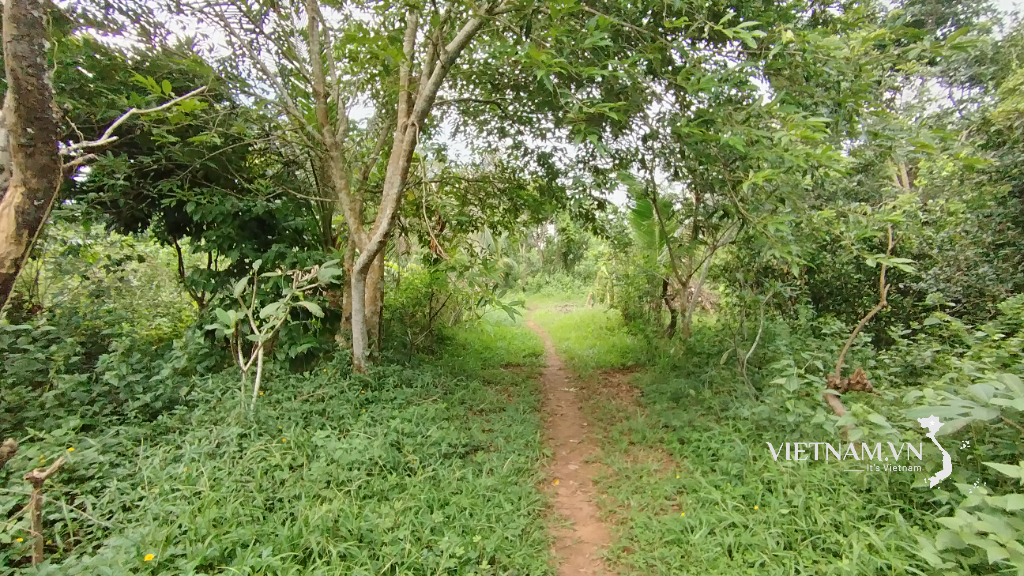



Comment (0)